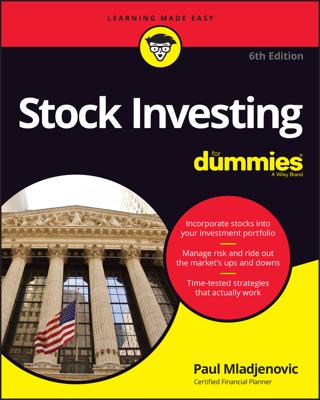Initial public offerings (IPOs) are the birthplaces of public stocks, or the proverbial ground floor for investors. The IPO is the first offering to the public of a company’s stock. The IPO is also referred to as “going public.” Because a company going public is frequently an unproven enterprise, investing in an IPO can be risky. Here are the two types of IPOs:
Start-up IPO: This is a company that didn’t exist before the IPO. In other words, the entrepreneurs get together and create a business plan. To get the financing they need for the company, they decide to go public immediately by approaching an investment banker. If the investment banker thinks that it’s a good concept, the banker will seek funding (selling the stock to investors) via the IPO.
A private company that decides to go public: In many cases, the IPO is done for a company that already exists and is seeking expansion capital. The company may have been around for a long time as a smaller private concern, but now decides to seek funding through an IPO to grow even larger (or to fund a new product, promotional expenses, and so on).
Which of the two IPOs do you think is less risky? That’s right — the private company going public. Why? Because it’s already a proven business, which is a safer bet than a brand-new start-up. Some great examples of successful IPOs in recent years are United Parcel Service and Google (they were established companies before they went public).
Great stocks started as small companies going public. You may be able to recount the stories of Federal Express, Dell, AOL, Home Depot, and hundreds of other great successes. But do you remember an IPO by the company Lipschitz & Farquar? No? It’s among the majority of IPOs that don’t succeed.
IPOs have a dubious track record of success in their first year. Studies periodically done by the brokerage industry have revealed that IPOs actually decline in price 60 percent of the time during the first 12 months. In other words, an IPO has a better-than-even chance of dropping in price. For investors, the lesson is clear: Wait until a track record appears before you invest in a company.
Don’t worry about missing that great opportunity; if it’s a bona fide opportunity, you’ll still do well after the IPO.

